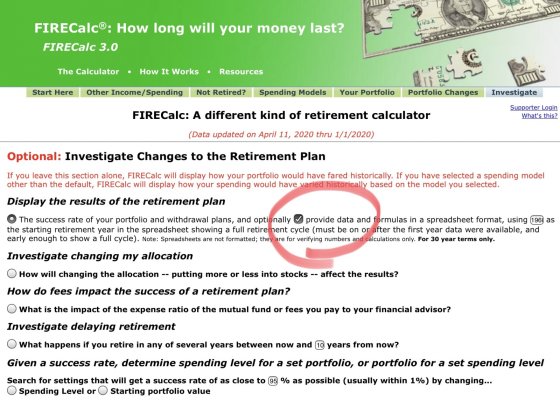One important driver of low ending balances is sharp market declines in the early years of retirement. Withdrawals take place from a declining portfolio and it never has the opportunity to grow.
The opposite situation, where the early years enjoy above average investment returns, lead to higher ending balances.
The other factor that leads to portfolio balances on the extremes (either very high or very low ending balances ) is a long lasting multi-year cycle where equity prices post above or below average returns.
All of these situations are unpredictable. We cannot accurately forecast if and when any will take place. This really is the beauty of FIRECalc, because it looks at all the historical asset investment cycles, runs the numbers, and shows you how the portfolio would have fared in each.
One important thing to keep in mind is how you react in the face of extreme volatility (for example, market declines of 01, 08, 20) is critical, and this cannot be modeled by any calculator.

